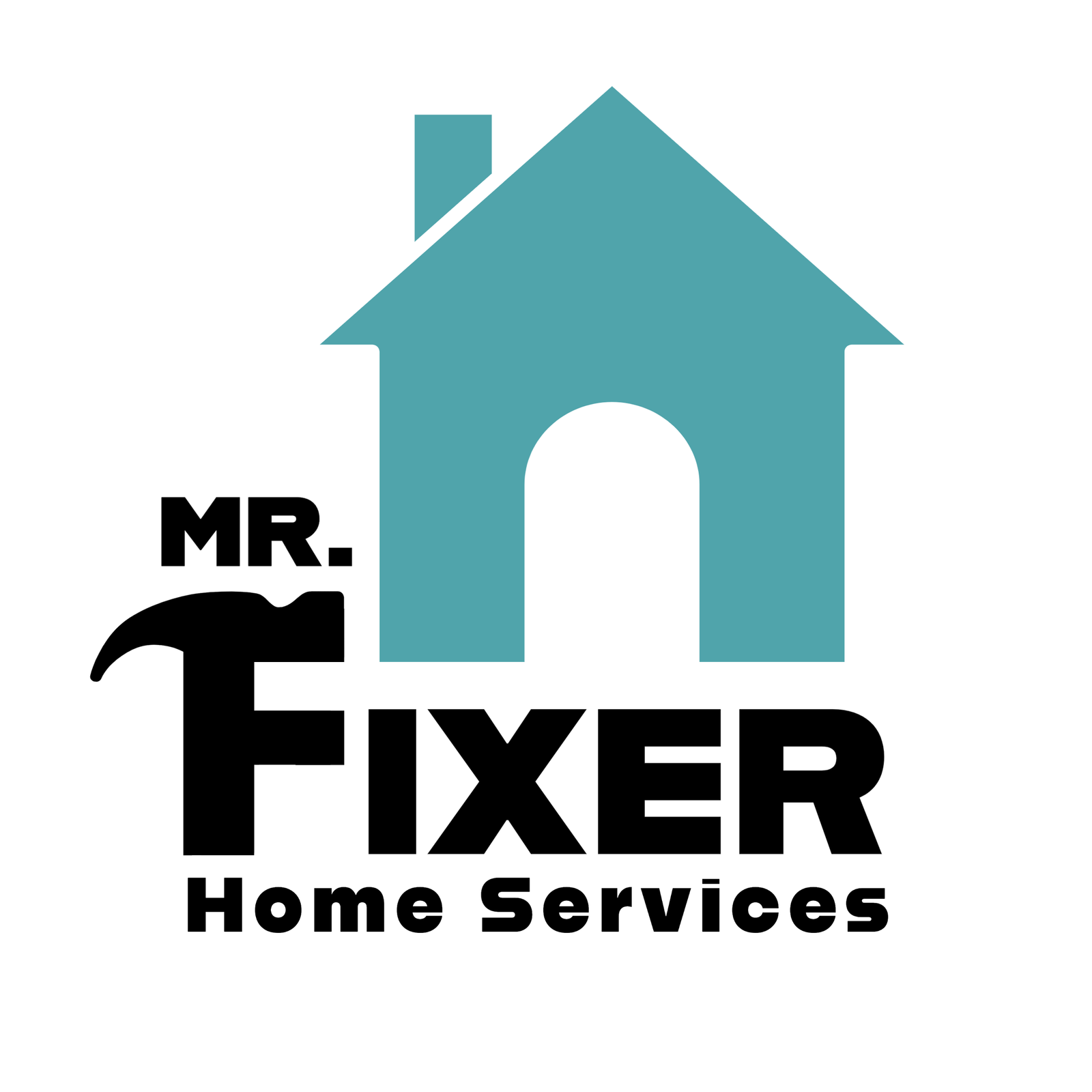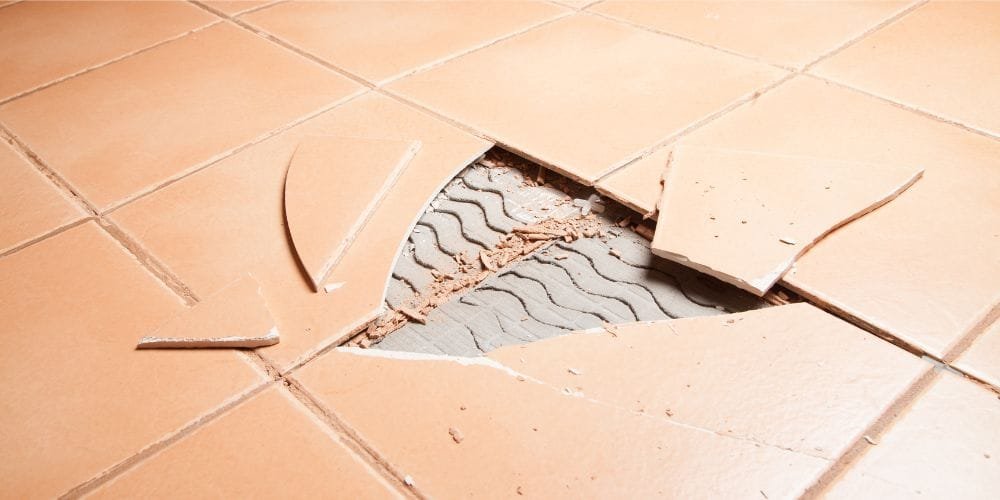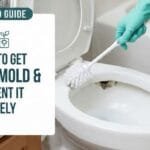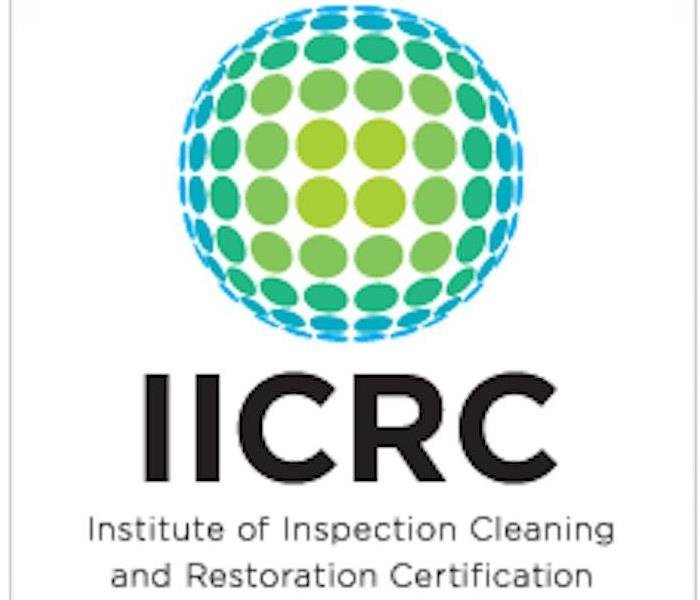Floors deal with constant stress every single day. From kids running around to furniture movement, accidental spills, humidity changes, and even foundation shifts, your floors work harder than you realize. In a climate like San Antonio, where heat and moisture levels can fluctuate dramatically throughout the year, flooring materials are exposed to conditions that accelerate wear and tear.
Whether you have hardwood, tile, laminate, or vinyl flooring, problems are bound to appear sooner or later. Fortunately, many issues can be repaired when addressed early. This detailed guide explains the most common floor problems, their causes, how to fix them, when to attempt DIY solutions, and when to call a professional for safe, long-lasting repairs.
Why Floors in San Antonio Develop Problems
San Antonio homes experience a unique combination of environmental and structural conditions that can impact flooring materials more quickly than in other regions. Some of the most common factors include:
- High humidity during certain seasons
- Strong temperature variations
- Foundation settling due to clay soil
- Frequent use of air conditioning
- Plumbing leaks behind walls or under slabs
- Heavy foot traffic in active households
- Aging construction in older neighborhoods
Understanding the root cause is essential because the repair method will vary depending on what triggered the issue. A simple cosmetic problem is easy to fix, while a moisture or foundation problem may require immediate professional attention.
Common Floor Problems and Effective Repair Solutions
Below is a thorough look at the most widespread floor issues homeowners face in San Antonio, along with reliable ways to repair and prevent them.
1. Scratches and Scuff Marks
Problem Overview
Scratches and scuffs are extremely common on hardwood, laminate, and vinyl floors. These marks occur due to moving furniture, pet claws, dirt particles, or everyday foot traffic.
DIY Solutions
- Minor scratches can often be removed with a high-quality scratch repair solution, floor polish, or a product specifically formulated for your flooring material.
- Deeper scratches on wood should be filled using a color-matched wood filler. After drying, lightly sand the surface and apply a small amount of finish to blend the repair with the rest of the floor.
- Scuff marks are easy to remove by rubbing the area gently with a clean tennis ball or a rubber eraser.
Prevention Tips
Use felt pads under the legs of chairs, tables, and other furniture. Place rugs in busy walkways and maintain a regular cleaning routine to keep small particles from rubbing against the floor surface.
2. Cracked or Loose Tiles
Problem Overview
Tile flooring is durable, but cracks can still form from heavy impact or subtle foundation movement, which is very common in San Antonio. Loose tiles usually indicate adhesive issues, water damage, or failing grout.
DIY Solutions
- Small hairline cracks can be filled with clear epoxy or grout sealer.
- Larger cracks usually require full tile replacement. Make sure to remove the damaged tile carefully, clean the area beneath it, and install a new tile using fresh adhesive.
- Loose tiles can be repaired by removing old grout and reapplying new grout or adhesive to secure the tile in place.
Prevention Tips
Address foundation concerns as soon as you notice them. Ensure tile installation is done on a stable, clean subfloor. Regrout periodically to maintain strength and support.
3. Creaking or Squeaky Floors
Problem Overview
Squeaks occur when floorboards rub against each other or when the subfloor moves against the joists. This is a common issue in older homes and homes with temperature fluctuations.
DIY Solutions
- Hardwood floors can sometimes be quieted by applying talcum powder between the boards.
- Loose boards can be secured with construction adhesive from below if the underside is accessible.
- For carpeted floors, tightening the subfloor using screws or specialized repair kits often solves the issue.
Prevention Tips
Proper installation and high-quality fasteners help prevent squeaks. Maintaining consistent indoor humidity also reduces board expansion and contraction.
4. Gaps and Warping in Floors
Problem Overview
Gaps form when floorboards shrink due to low humidity. Warping occurs when boards absorb excess moisture. Both issues are common in San Antonio because of the region’s fluctuating humidity levels and occasional water leaks.
DIY Solutions
- Small gaps may be corrected by adjusting indoor humidity or rearranging furniture to help push the boards closer together.
- Significant gaps often require removing and reinstalling the flooring.
- Warped boards should be replaced after the moisture source is fixed. Do not repair warped areas without solving the underlying moisture problem first.
Prevention Tips
Keep indoor humidity within the recommended range of 35 to 55 percent. Repair leaks quickly and avoid using large amounts of water when cleaning floors.
5. Fading and Discoloration
Problem Overview
Sunlight exposure, harsh cleaning chemicals, and heavy foot traffic can cause floors to lose their original color. Hardwood floors are especially vulnerable in sunny rooms.
DIY Solutions
- Hardwood floors may be refinished if discoloration becomes noticeable.
- Vinyl and laminate floors can be protected with UV-blocking window films or window treatments that limit direct sunlight.
- Regular cleaning with manufacturer-approved products helps maintain color and shine.
Prevention Tips
Place rugs or mats in sunny areas, use curtains during peak sunlight hours, and rotate furniture occasionally to prevent uneven fading.
Signs That Your Floor Needs Professional Repair
Many homeowners overlook early warning signs of floor damage. Addressing problems early can prevent expensive repairs. Look for these indicators:
- Persistent squeaks or creaks
- Soft, spongy areas that sink slightly when stepped on
- Uneven surfaces that indicate subfloor issues
- Cracks, chips, or loose flooring pieces
- Stains that reappear after cleaning
- A musty odor that could signal hidden mold
- Floors that feel damp or cold in specific spots
These symptoms often point to water damage, mold growth, or structural problems that require a professional assessment.
DIY Floor Repair vs Hiring a Professional
Some floor problems are easy to fix on your own. Others should only be handled by a trained expert, especially when structural safety or hidden moisture is involved.
When DIY Repair is Appropriate
You can handle small issues such as:
- Replacing a single cracked tile
- Tightening loose nails or boards
- Filling small dips using floor leveling compound
- Removing minor scratches or scuffs
These tasks are safe, simple, and cost-effective for homeowners.
When a Professional is Necessary
Call a flooring specialist when you notice:
- Water damage beneath the surface
- Mold or unpleasant odors
- Soft, sagging, or uneven flooring
- Large areas of damaged wood, laminate, or tile
- Issues related to the subfloor or structural movement
- Symptoms that return after repeated DIY attempts
Professionals have the tools, experience, and diagnostic skills to identify the real cause of the damage. This ensures the repair is completed safely and prevents future issues.
How to Identify Water Damage in Flooring
Water damage often hides beneath the surface. It can come from plumbing leaks, appliance failures, roof leaks, or flooding. Detecting it early protects your flooring and your health.
Common Signs of Water Damage
- Wood floors that are buckling or lifting
- A soft or spongy feel underfoot
- Dark stains on wood surfaces
- Mold, mildew, or musty odors
- Floors that feel damp even after cleaning
According to the EPA, mold can start growing within twenty-four to forty-eight hours in a damp environment. Because of this, fast action is essential. If you suspect water damage, contact a water damage restoration professional for an inspection and immediate treatment.
Frequently Asked Questions
1. What is the most common cause of floor damage?
Moisture is the most common cause, especially in warm and humid climates like San Antonio.
2. Can squeaky floors be fixed without removing the entire floor?
Yes. In many cases, tightening the subfloor or securing loose boards stops the noise.
3. Should I replace or repair cracked tiles?
Small cracks can be repaired, but large cracks usually require tile replacement for a long-lasting result.
4. How can I keep hardwood floors from warping?
Keep humidity under control and clean up spills right away.
5. Why does my floor feel soft in certain spots?
Soft spots often indicate water damage or subfloor deterioration.
Final Thoughts: Protecting Your Floors for the Long Term
Flooring is one of the most important features of your home. It affects comfort, safety, aesthetics, and property value. With proper maintenance and timely repairs, your floors can last for decades. Whether you are dealing with squeaks, cracks, gaps, fading, or water damage, the key is to take action early and seek professional help when needed.
Small repairs are manageable for many homeowners, but problems involving moisture, mold, or structural concerns should always be addressed by a qualified expert. Prompt attention will protect your home, reduce repair costs, and preserve the overall beauty of your floors.
Need Expert Floor Repair in San Antonio? Contact Mr. Fixer Today
If you notice warping, cracks, uneven surfaces, or signs of water damage, the floor repair specialists at Mr. Fixer are ready to help. We provide reliable and affordable floor repair services throughout the San Antonio area. Our experienced team identifies the cause, recommends the best solution, and completes the repair with precision and care.
Reach out to Mr. Fixer today for trusted floor repair services that restore strength, beauty, and durability to your home.








